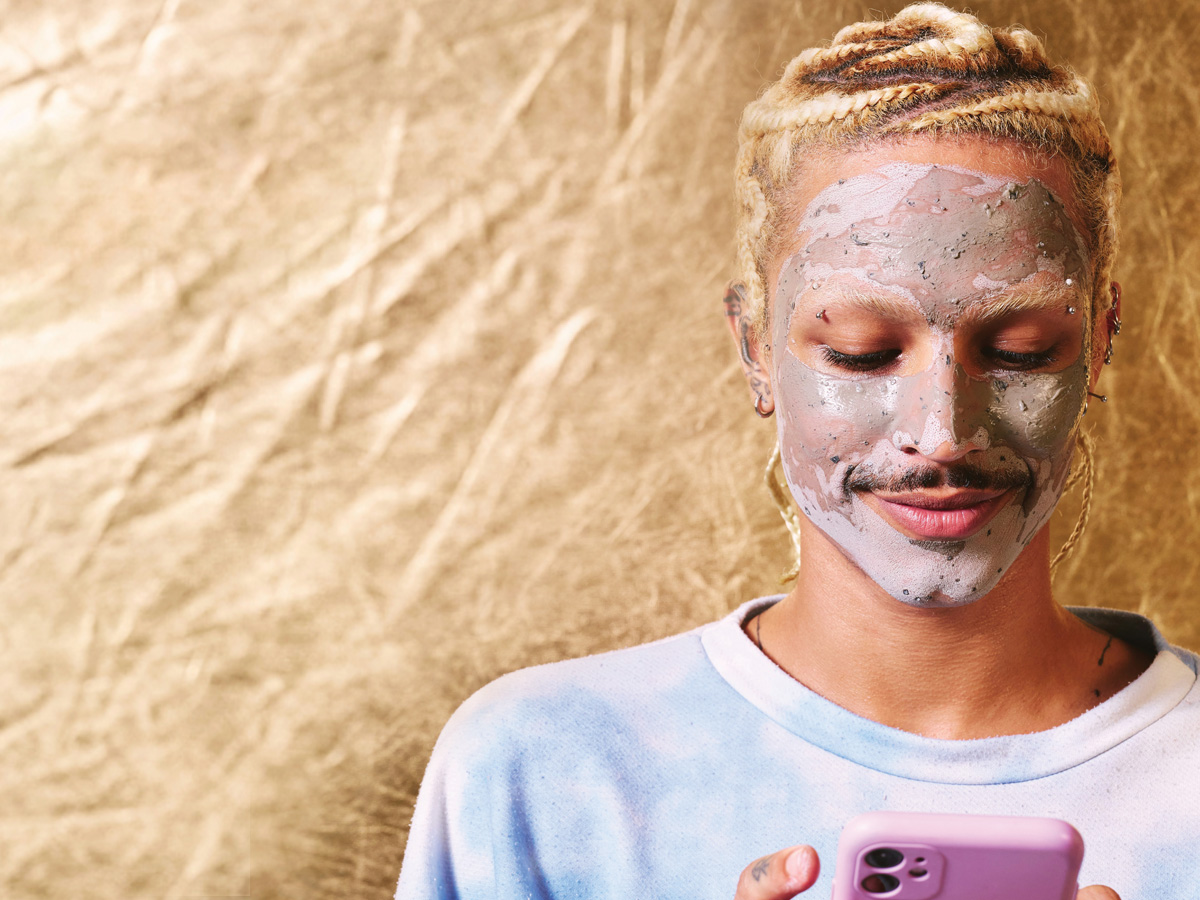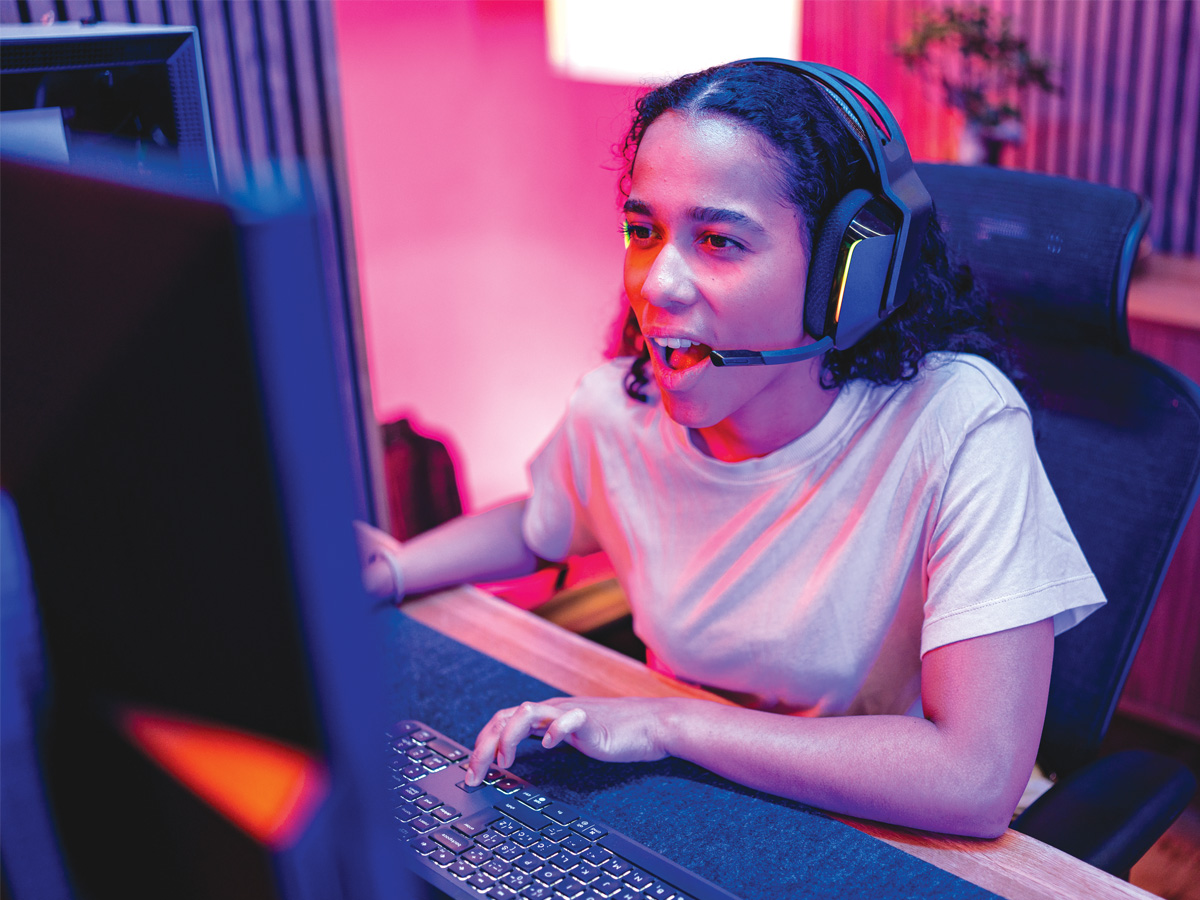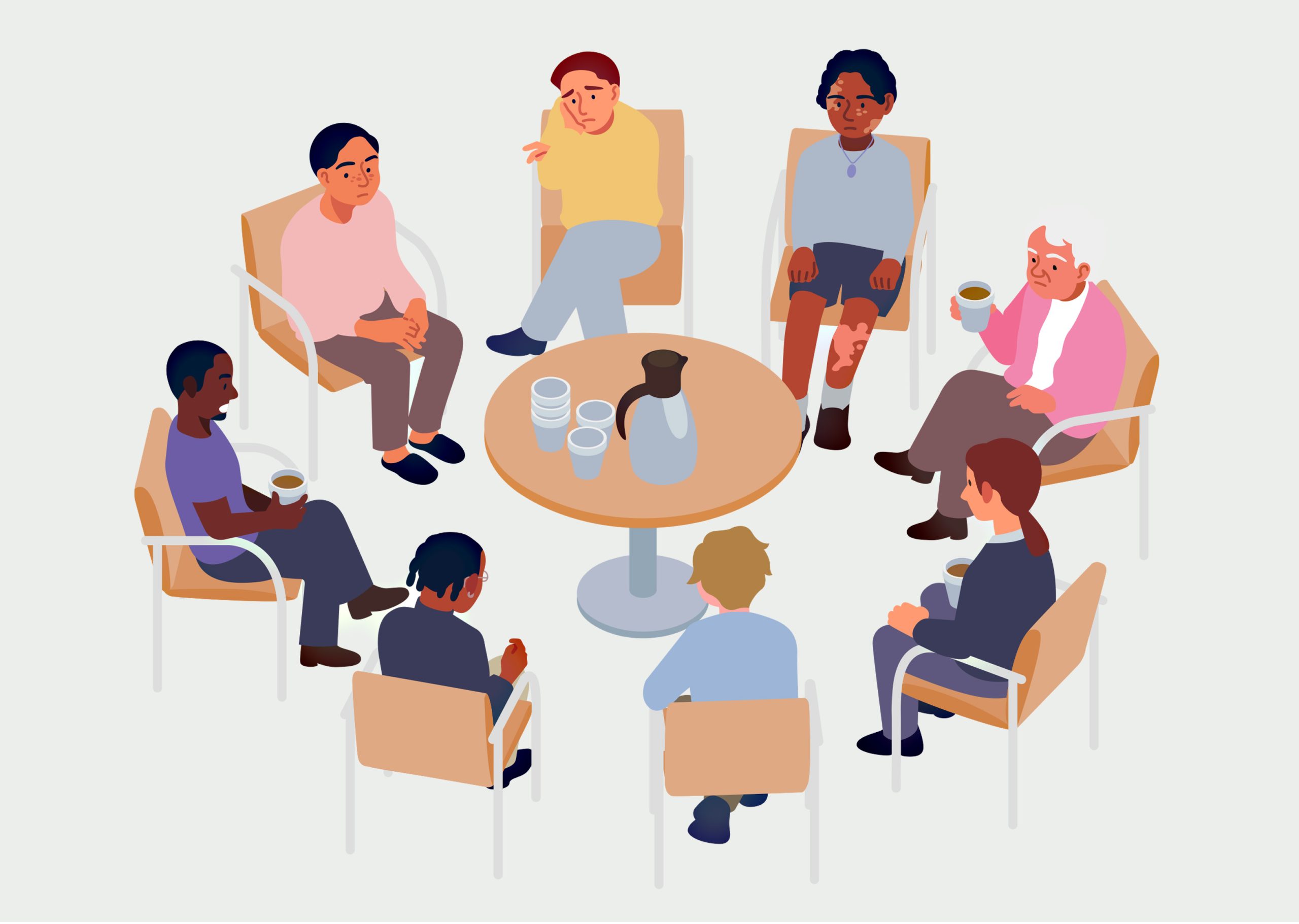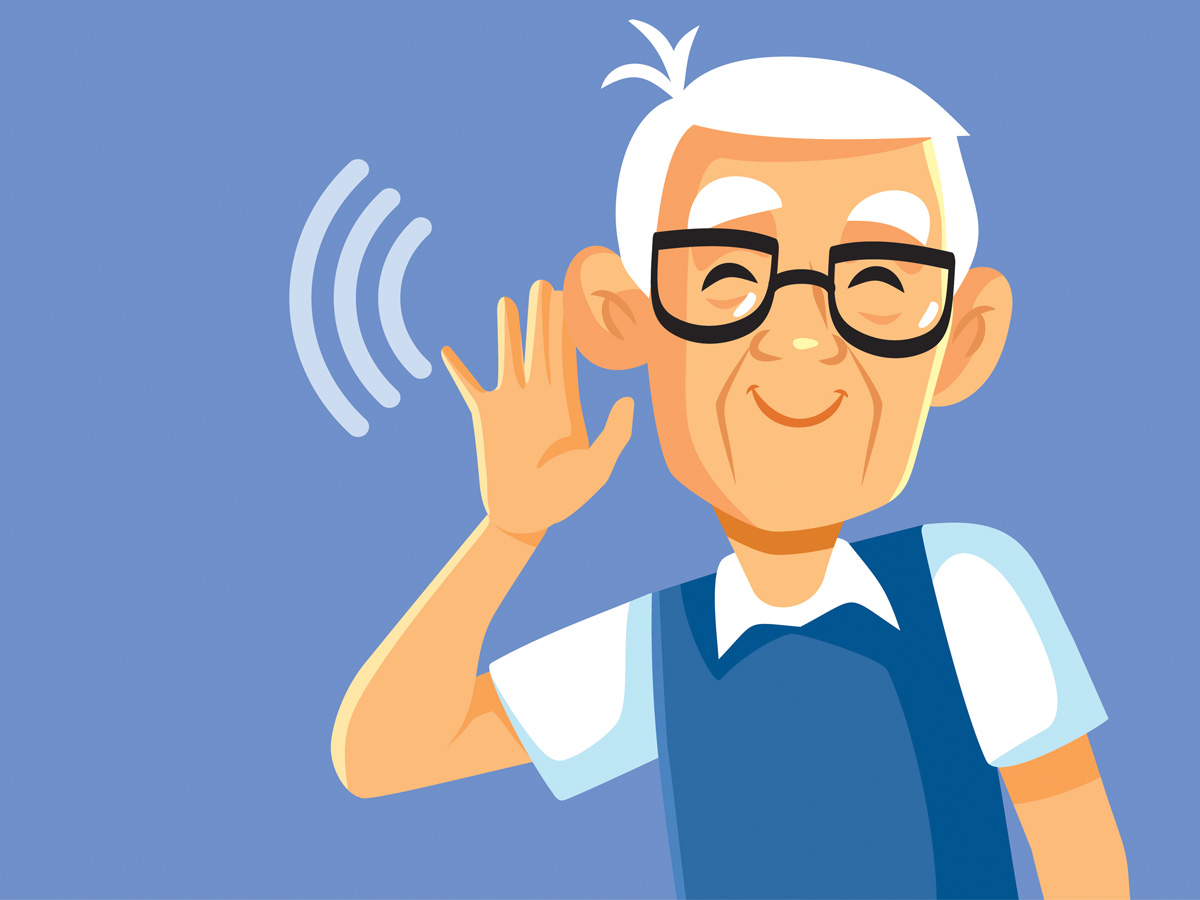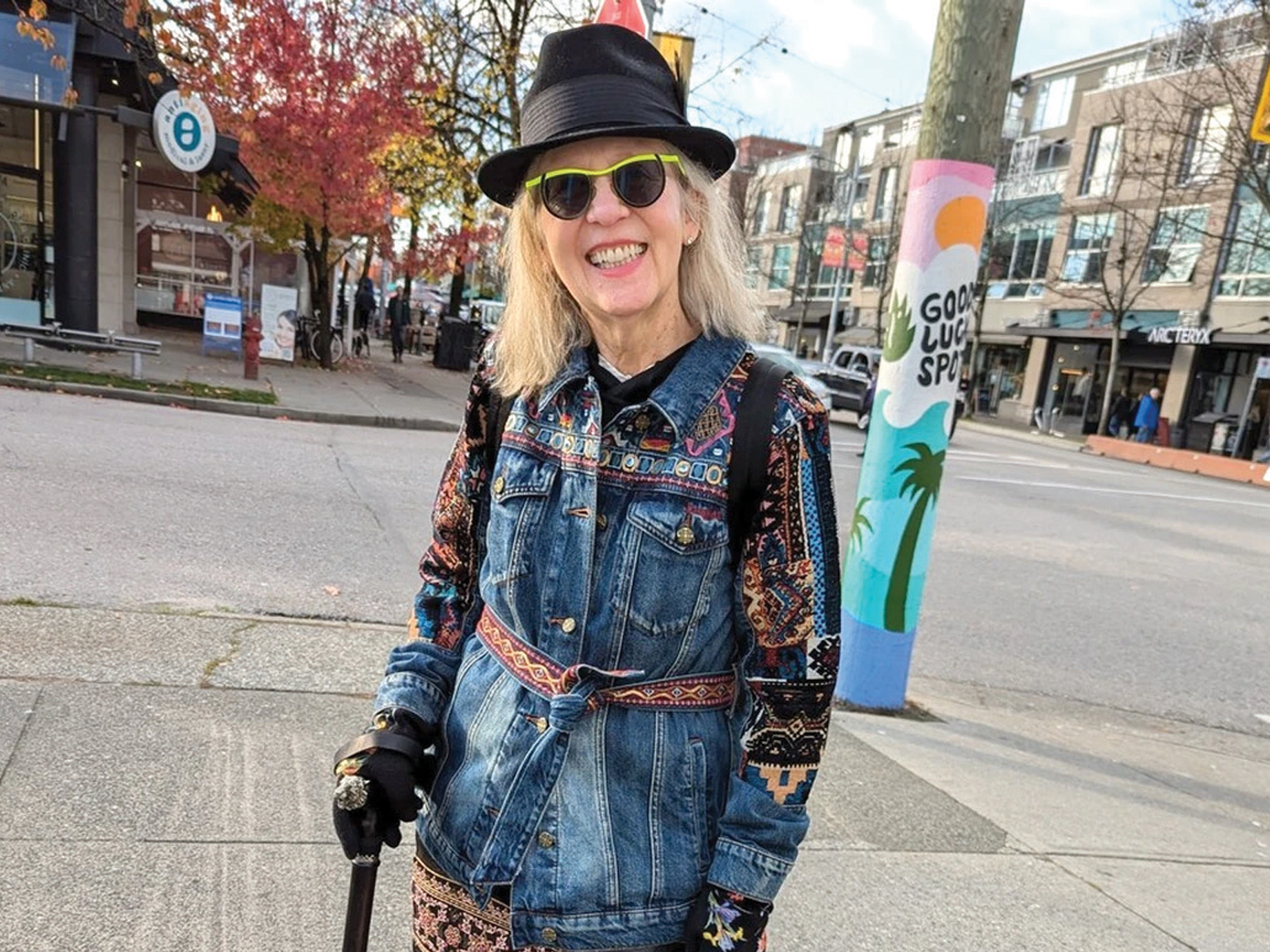Is there enough inclusion in Hollywood?
The North American entertainment industry is a dynamic and influential sector that engages audiences around the world.
Known for its creativity, star-studded, performances and true to life stories, it is said to have a powerful influence on societal norms, values and beliefs. Oftentimes however, the narrative of ‘the world we live in’ as shown on screen strays far from our day-to-day reality.
In the recent release of Reimagining Hollywood: A New Lens on Disability Inclusion the author’s deliver disheartening survey data that highlights the ever growing gap in the industry’s disability representation.
Suggestion that just 40% of adults with disabilities surveyed had seen a person living with a disability on TV or on the ‘Big Screen’ in the last 3 months, the report, commissioned by Easterseals’ claims a new low in the recent history. These results are especially disappointing considering the fact that 68% of respondents felt that positive portrayals of people living with disabilities had “the power to boost belonging, a sense of identity, and self-confidence.” A majority claimed representation has stagnated or even declined in the last 5 years.
Claiming the industry is unfairly missing a largely untapped audience, the survey highlights the potential of profit ‘left-on-the-table’ that could be added to the bottom line from increased representation—data shows that 45% of adults with disabilities say they “are more likely to watch film or TV shows featuring genuine portrayals of disability”.
#NotAWitch
Disability advocates in Hollywood have been around since the beginning of time. In the early years, Hollywood films leveraged characters with disabilities for comedic effect or a melodramatic spin. Characters with disabilities were very rarely the leading star, instead they were cast in roles on the outside or portrayed as victims, or villains.
Some may suggest that the portrayal of disabled characters has evolved, but the 2020 feature film ‘The Witches” based on the book by Ronald Dahl told a different story. To the outrage of the disability community
The issue? The Witches were portrayed with deformities and missing limbs to represent their ‘bad nature’—clearly demonstrating an insensitivity to those with limb differences. #NotAWitch trended on X (formerly Twitter) and disability advocates everywhere spoke out. While apologies were given by both Warner Brothers Studios and Anne Hathaway, they didn’t erase the industry’s lack of progress.
Another improved but still ongoing entertainment industry faux pas… non-disabled folks playing characters with disabilities. Alarmingly, The Ruderman White Paper on Authentic Representation in TV found that in the top 100 films of 2019, just 22% of characters with disabilities were actually played by authentic actors who lived with the
represented disability.
On a positive note…recently Apple TV’s ‘CODA’ made history by being the first film with a predominately deaf cast to win an Oscar for Best Picture. Troy Kotsur was also the first deaf male actor to win an Oscar. In recent years, films like Disney’s ‘Out of My Mind’ brought new stories to light with a film about Melody who navigating sixth-grade while living with cerebral palsy and being non-verbal.
Viral phenomenon’s such as the movie adaptation of the Broadway show ‘Wicked’ showcased the capabilities of Hollywood to change the narrative and bring awareness with the character of ‘Nessarose’ being played by Marissa Bode, a person who uses a wheelchair. Astonishingly, this was the first time in ‘Wicked’s’ 21-year run as a Broadway hit that the character was actually played by a real person
who uses a wheelchair.
A brighter future
There is still a pronounced absence of inclusion in movies from the last few years. In 2023 the Los Angeles Times reported: 11% of top movies were gender balanced. 31.7% of speaking characters were women. Fewer than 1% were non binery. 19 movies had a girl or woman of colour in a leading role. 1.9% of all speaking characters were depicted as living with a disability.
As our definition of “Hollywood” expands—so does the need for performers and production professionals with genuine lived experience in all areas. Extending beyond feature films and the silver screen, representation belongs in all genres and all forms of media, streaming, reality TV, news, and audio coverage.
There is still a lot of reciprocal conversations to be had and hard work to be done in terms of accessibility on set, stigma reduction and breaking down attitudinal barriers. Luckily this sentiment is shared by a number of organizations in today’s film and entertainment space who are listed in the report.
As the report so rightly states, “accessibility doesn’t often require more money, it requires more planning” and a call to action for the studios, networks and other media companies to make their productions more inclusive.
Anjolina Rankin-West is an editorial assistant with an interest in family caregiving.
Photo: Shutterstock
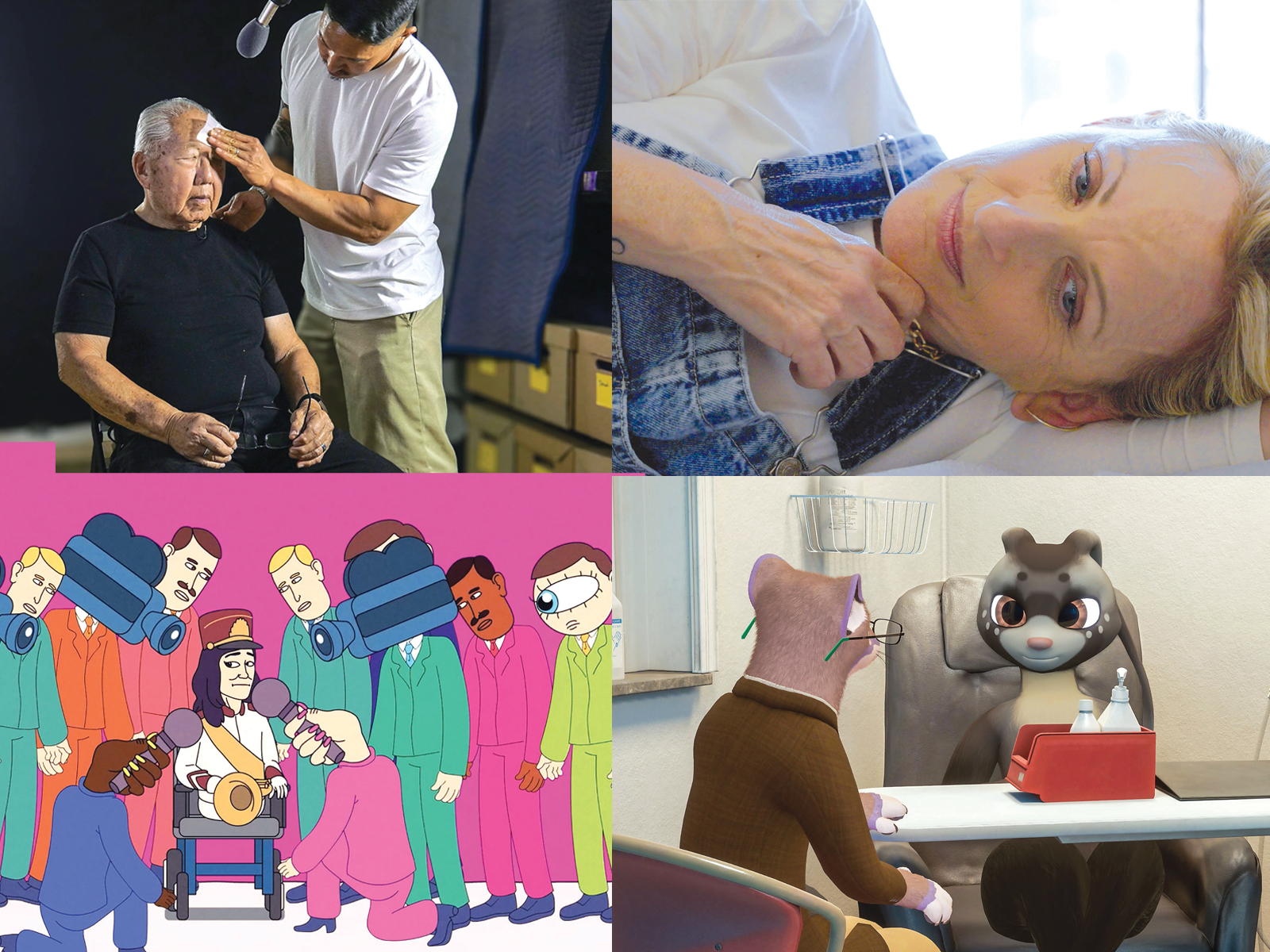
Sundance Film Festival 2025
Not Alone Anymore. In 1987, Marlee Matlin became the first Deaf actor to win an Academy Award. Reflecting in American Sign Language, Marlee explores what it means to be a trailblazer.
View From the Floor. A singer confronts inspiration porn, exploitation, and impostor syndrome in pursuit of a life on the stage without legs.
The Reality of Hope. Virtual reality creator Hiyu is facing kidney failure. His online friend travels from NYC to Stockholm to be a live donor to Hiyu.
Third Act. Generations of artists call Robert A. Nakamura “the godfather of Asian American media,” but filmmaker Tadashi Nakamura calls him Dad. Robert’s diagnosis of Parkinson’s disease leads to an exploration of art, activism, grief, and fatherhood.
Images: Joe Garber. Joe Hunting. Brandon Somerhalder. Tadashi Nakamura.
Check it out
Easterseals Disability Film Challenge
In hosting a five-day film making contest open to all that prompts storytellers, this challenge allows creatives to highlight disability in its many forms, and provides a platform to new voices in the entertainment industry.


